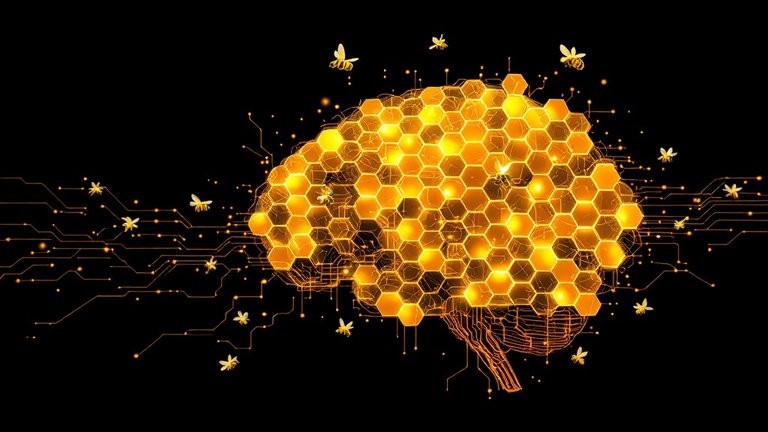Nowadays, AI is capable of doing many things that humans can also do. To what extent does AI actually resemble the human brain? Previous research shows that it is less so than its name suggests. Both in terms of structure and capacity, AI is qualitatively different from biological brains. In Sanne van den Berg's thesis, she and her supervisors Pieter Roelfsema and Sander Bohté investigated how we can develop AI models that are more similar to the brain. This is important to develop smarter AI and to discover more about the brain in the future.
CWI develops AI models inspired by the brain
How can we develop smarter AI that more closely resembles the human brain? Sanne van den Berg explored this question together with her supervisors Pieter Roelfsema and Sander Bohté in her thesis.

The research focused primarily on creating new mathematical formulas (“learning rules”) that enable brain-like networks to learn. The newly developed models were found to store information flexibly and to forget. This allowed them to perform assigned tasks to the best of their ability. Moreover, they were able to learn from their previous experiences, something that is difficult for current AI systems. When the activity of the models was compared with brain activity, they were found to use the same types of strategies as animals when performing the same tasks.
Further research into how these models work could lead to new insights into how the brain works. In particular, by looking at what the consequences are when brain regions are turned “on and off”.
Header photo: Shutterstock
